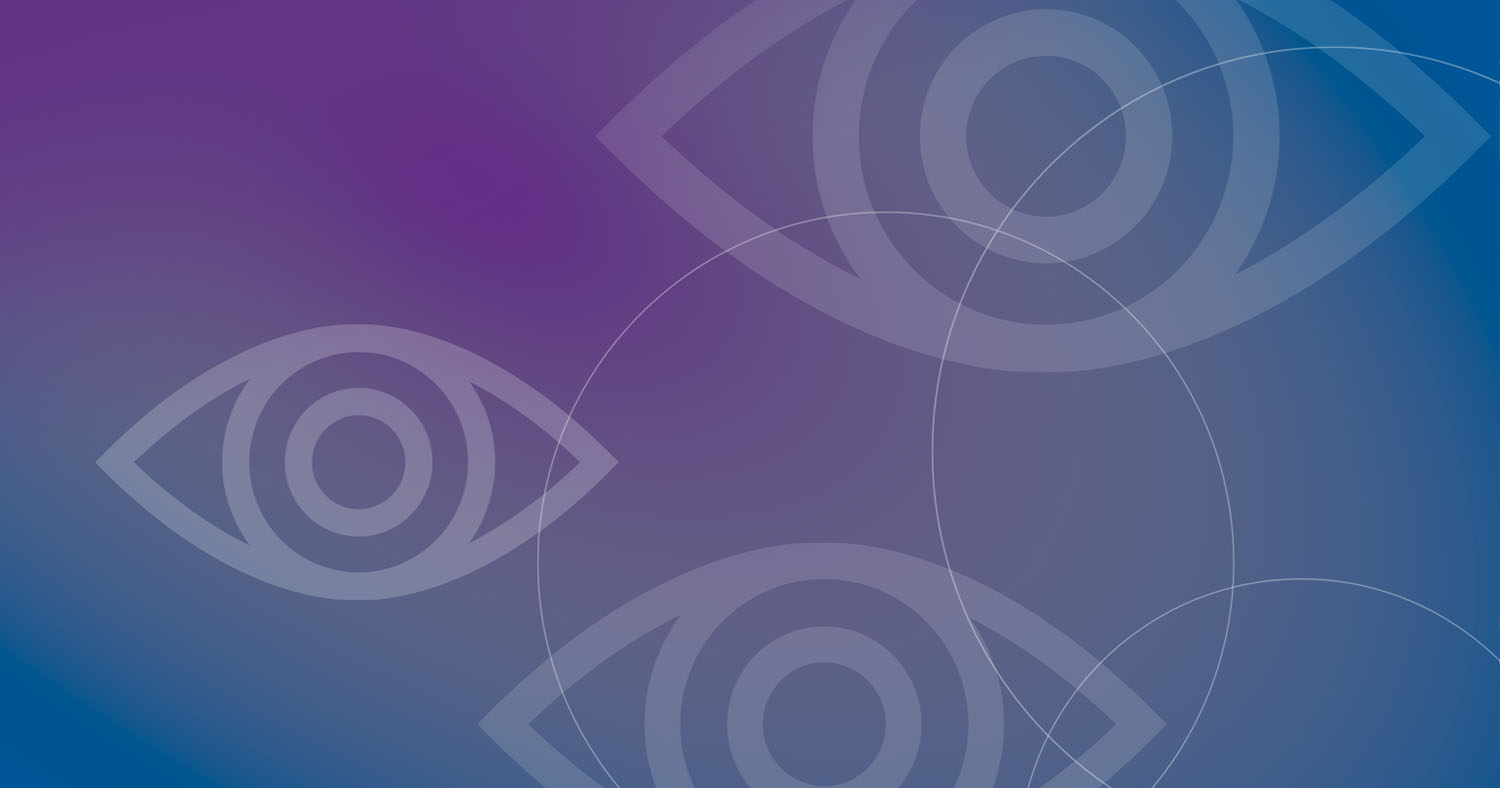Prevent Blindness Model Children’s Vision and Eye Health Legislation
Proposed Template for Legislative Text
Prevent Blindness recommends the following template be used when developing state legislation that supports healthy vision in children. This can be modified to align with existing state laws.
Proposed Template for Legislative Text
Prevent Blindness recommends the following template be used when developing state legislation that supports healthy vision in children. This can be modified to align with existing state laws.
Section 1. School-readiness Vision Health Requirements
(A) Each school (preschool, public, private, parochial, and charter) shall provide vision and eye health services to children as identified and outlined:
- Students shall receive a vision screening upon initial entry to school and every two additional grade levels as prescribed by the administering department by rule. Children in preschool (as defined) should be screened annually. At the school’s discretion, a school may provide vision screening services to students in grade levels that are not identified by this or any existing rule.
- Students for whom a teacher has requested a vision screening.
- Students that are not reading at grade level by the third grade shall receive a vision screening.
(B) A vision screening conducted pursuant to this section does not satisfy a requirement for a medical professional to complete a vision screening of a child according to established guidelines for pediatric care.
(C) A student is not required to submit to any vision screening required by this section if the parent or guardian objects and submits a statement of the objection to the school for any reason including that the student received a comprehensive eye and vision examination in the last 12 months or if the student has a current diagnosis of permanent vision loss.
(D) For the purposes of assisting and implementing the vision and eye health requirements established by this section, the administrative department or its delegate, subject to appropriated monies, may:
- Develop and provide vision screening training to screeners designated in subsection x of this section.
- Provide schools with materials the department determines by rule to be necessary for conducting parent/caretaker education, vision screenings, and follow-up referrals from vision screenings.
- Compile any school vision screening and referral outcome data—with all individual identifying information removed—for review and analysis by researchers, public agencies or any foundation, and nonprofit organization or other organization that provides free approved vision screening services or training, grants for vision screening services, and eyeglasses or examinations.
(E) The administrative department shall adopt rules pursuant to title xx, chapter x to carry out this section. The rules may not require materials and equipment specific to any one provider and shall include, where consistent with the requirements of this section, feedback from the public education programs required to implement the vision screenings. Rules adopted to carry out subsection X of this section shall be done in consultation with the state departments of education and health and may include a public comment opportunity as deemed necessary.
(F) The school district governing board or charter school governing body shall provide the vision screening results to the parent or guardian of each student who does not pass the vision screening within 45 days after the screening and shall comply with all applicable privacy laws. The results shall be provided in both a verbal and written format in the preferred language of the parent or guardian. The results shall identify that the student did not pass the vision screening and must receive a comprehensive eye and vision examination by a medical professional. The results shall state that a vision screening is not equivalent to a comprehensive eye and vision examination as conducted by a licensed optometrist or physician specializing and trained in the provision of comprehensive eye care.
(G) A preschool, public, or parochial school district governing board, or charter school governing body that provides vision screening services shall provide annual data submissions to the department in an approved format that complies with student privacy laws.
The vision screening must be conducted by a certified vision screener trained in vision screening techniques according to the rules developed by the [insert here an appropriate state administrative department]. Medical or eye care professionals conducting vision screenings for school-entry purposes must also follow the approved techniques outlined in Section 2.
(H) Such techniques must follow nationally recognized evidence-based vision screening protocol, and include, at a minimum, the following:
- Observation (ABCs: Appearance signs, Behavior signs, Complaint signs)
- Recognition-distance visual acuity screening (utilizing either age-appropriate optotypes in a standardized design format or vision screening instruments demonstrating a scientific evidence base for the child’s target age to be screened and deemed as best or acceptable practice by the Advisory Committee of the National Center for Children’s Vision and Eye Health)
- Appropriate follow-up and data collection procedures
(I) Children that fit into one of the following categories must provide proof of a comprehensive eye examination performed by a licensed optometrist or physician specializing and trained in the provision of comprehensive eye care chosen by the child’s parent or guardian indicating any pertinent diagnosis, treatment, prognosis, recommendation and evidence of follow-up treatment, if necessary. Categories include:
- Students that receive or are being considered for special education services and have not been examined in the last 12 months;
- Children that fail to pass the vision screening;
- Children with readily recognized eye abnormalities;
- Children with systemic medical conditions or use of medication associated with eye disorders, such as diabetes mellitus, juvenile idiopathic arthritis, and neurofibromatosis;
- Children with neurodevelopmental disorders, such as autism spectrum disorders, cerebral palsy, Down syndrome, hearing impairment, developmental delay, cognitive impairment, cognitive impairment, and speech delay;
- Family history (parent or siblings) of strabismus or amblyopia; and
- Children born prematurely (prior to the 32nd week of pregnancy).
Documentation of a comprehensive eye examination within the previous 12 months shall waive the requirement of an eye examination for those children who fall into the categories described herein.
(J) Any person who conducts an eye examination of a child in response to such child having not passed a vision screening given in accordance with the provisions of this section shall forward a written report of the examination results to the school health personnel and a copy of said report to a parent or guardian. Said report shall include, but not be limited to, the following in accordance with appropriate medical release of information:
- Date of the report
- Name, phone number, and address of the child
- Name of the child’s school
- Type of examination
- A summary of significant findings, including diagnoses, treatment, prognosis, whether a return visit is recommended and if so, when
- Recommended educational adjustments for the child that may include (but not be limited to) the following: preferential seating in the classroom, eyeglasses for full-time school use, eyeglasses for part-time school use or any other recommendations
- Name, phone number, address, email, and signature of the examiner.
For all students without documentation of a screening performed by an authorized screener or documentation of an eye examination performed within the previous 12 months, the school shall be responsible for providing a vision screening in accordance with procedures outlined in Section 1, conducted within [insert here a reasonable time as determined by the state]. For those children who do not pass the required vision screening, a comprehensive eye examination performed by a licensed optometrist or physician specializing and trained in the provision of comprehensive eye care shall be required of the child’s family.
The family of the child must provide a copy of the comprehensive eye examination report to the school health personnel within [insert here a reasonable time as determined by the state].
For families unable to financially provide a comprehensive eye examination for the child… [Insert here a statement regarding state funding designated for families of children who are unable to afford them].
[The following section should be included where an appropriate oversight body does not exist.]
Section 2. State Children’s Vision and Eye Health and School Readiness Commission
A State Children’s Vision and Eye Health School Readiness Commission (hereinafter referred to as “Commission”) should be established to ensure the enactment of this state requirement.
The Commission shall be appointed by the governor and consist of one optometrist, one ophthalmologist, one pediatrician or family practice physician, one representative of a nonprofit voluntary health organization dedicated to preventing blindness, one representative of the state department of education, one representative of the state department of public health, one school nurse, one public health nurse, one school superintendent, one local health commissioner, one parent representative, and other members as determined appropriate by the governor.
The Commission shall:
- provide linguistically and culturally appropriate materials to be used in vision screening forms, notifications, and other communications among the school, parents/guardians, and licensed optometrists/physicians trained in the provision of comprehensive eye care;
- pursue opportunities to offer free or low-cost eye examinations, using a sliding scale, to students who do not pass vision screenings and are unable to afford their own examination;
- pursue opportunities to provide geographically accessible opportunities for such examinations;
- designate an agency to collect data from school health personnel concerning results of the original screenings, reports from the comprehensive eye examination, outreach letters to unresponsive families, and referrals to child protective agencies, and submit this data to the Commission annually;
- issue an annual report to the state secretary of the department of health, the secretary of the department of education, the governor, the state legislature, and the community with the key findings, including evaluation of cost effectiveness, as well as collected data and recommendations for possible modifications to the program; and
- perform other related tasks, as assigned by the governor.


